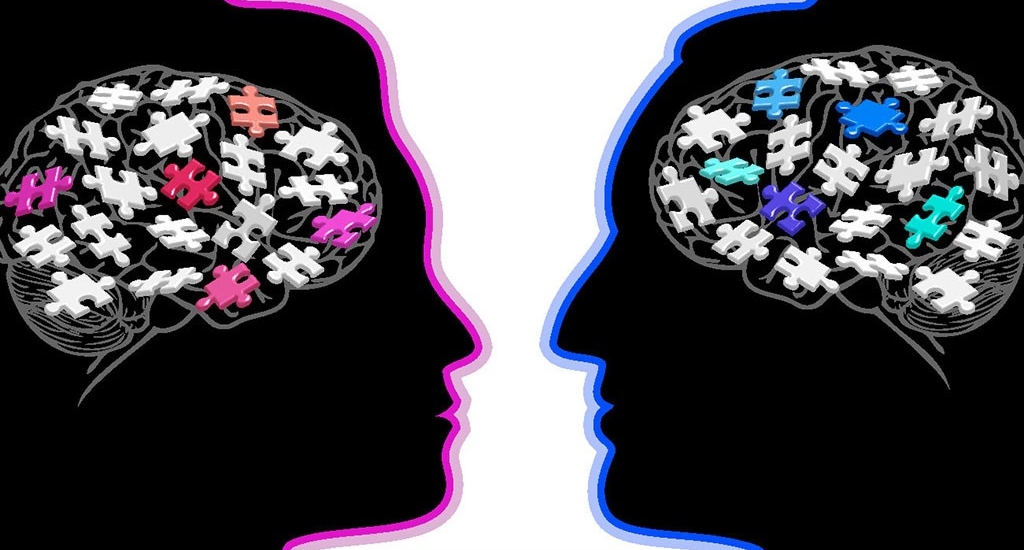Of mice and men and women
Researchers spot brain cells that help drive gender-specific sexual behavior

New research points to significant differences in gene-activated sexual behavior of male and female mice, leading scientists to speculate that the same could be found in humans.
The scientists, led by Nirao Shah, MBBS, PhD, professor of psychiatry and behavioral sciences and of neurobiology, probed four tiny structures within mouse brains that program “rating, dating, mating and hating” behaviors.
The behaviors — such as males’ quick determination of a stranger’s sex and females’ mating receptivity and maternal protectiveness — help the mice reproduce and their offspring survive.
Analyzing tissue taken from these brain structures and enriched for cells responsive to sex hormones, researchers found more than 1,000 genes to be much more active in the brains of one sex than the other.
“Using these genes as entry points, we’ve identified specific groups of brain cells that orchestrate specific sex-typical behaviors,” Shah said. The study, published in January in Cell, helps explain sex differences in mammals.
Image by Liz Unger. Read full story here.

